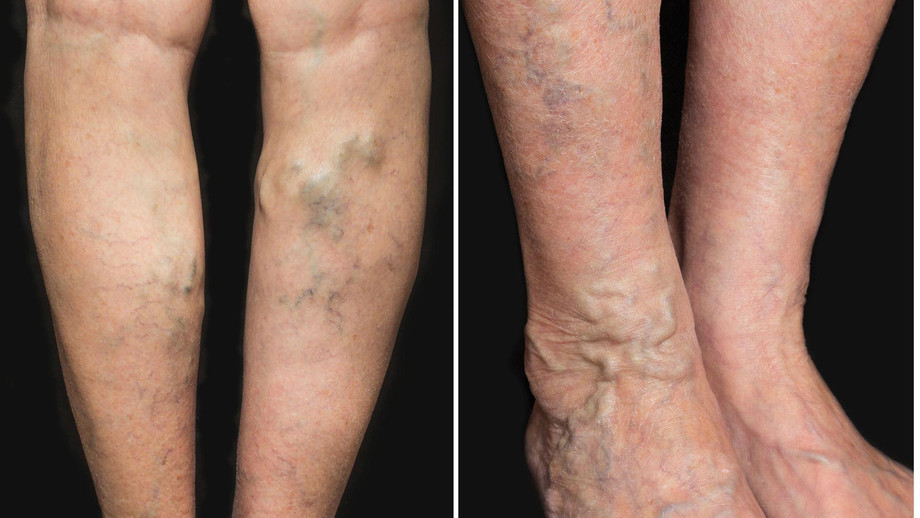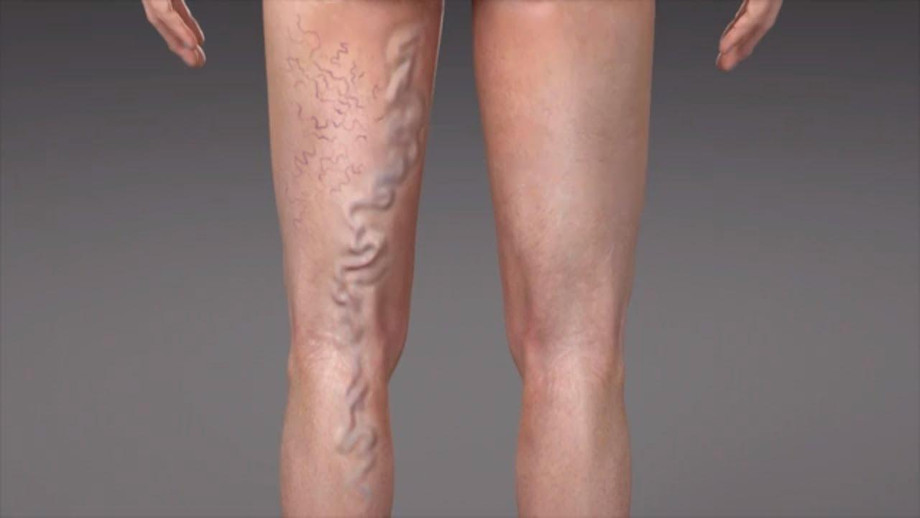Vein treatment: How To Explore A Right Vein Treatment?
Veins deliver deoxygenated blood back to the heart so it can be replaced with oxygen. Sometimes, venous walls or valves do not operate efficiently. This complication, called venous insufficiency, ends in deoxygenated blood pooling in the extremities and not reverting to the heart. These symptoms may require vein treatment to resolve.
Causes and Symptoms:
Veins function to push blood upwards back to the heart, using muscles in the body and interior valves to assure that the blood moves in the correct direction. If these valves malfunction, the blood may reverse direction and move backward. Valve failure can develop due to age, a lack of action and exercise, and holding for an extended period of time.
What are the symptoms?
The symptoms of venous issues include:
- the swelling of the lower extremities,
- excessive aching and tiredness,
- varicose veins,
- leathery skin,
- flaking
- itching of the surface on the feet and legs
- sores, known as stasis ulcers.
If vein treatment near me manhattan is not attempted to resolve these symptoms, the issues typically advance to become more serious.
Management of the Condition:
Patients can employ self-management procedures in the beginning stages of this disorder to slow the progress of symptoms. Dodging excessive duration of either standing or sitting can help regulate symptoms. During periods of immobility, extend and flex the legs reciprocally to encourage better blood flow. Reserve in regular aerobic exercise, and lose weight if necessary. While sitting or lying down, elevate your legs above your heart.
Compression stockings pressurize the legs to help blood flow back upward to the heart. These garments also come in a variety of compressions, depending on the severity of the symptoms. Patients are required to keep them clean and to ensure that the stockings do not bunch around the legs.
Medication can also help control symptoms. Antibiotics can help cure skin infections along with stasis ulcers. A vein doctor manhattan may also prescribe medication to prevent blood clots from forming.
Nonsurgical Treatment:
Sclerotherapy is an option that entails injecting a solution into small varicose veins to make them fall. This vein treatment in New York is reserved for issues in the early stages only. Endogenous thermal ablation applies lasers or radio waves to deliver heat on affected areas to shut off these vessels.
Surgical Treatments:
Surgical treatments are also available. Ligation involves making cuts and binding the problematic vessels to discontinue their function. Stripping necessitates removing large vessels by creating two small cuts. Microincision phlebectomy is where a surgeon does small cuts and a tiny hook to draw out the superficial vascular parts. A bypass includes removing abnormal vessels and transplanting healthy ones into the area from a distinct part of the body.
When considering various vein disease treatment options, try to discuss the symptoms with a vein doctor midtown before they become severe. Failing to treat this disorder can lead to the extreme pain, swelling, and potentially serious ulcers on the skin that can become infected. Always get the treatment from a vein specialist near me new york.


A brilliant post once again! Your blog is a must-read for anyone looking for well-structured, practical advice. I truly appreciate how much thought you put into every piece. Thanks for always delivering quality content. Djibouti visa requirements ensure a smooth entry into this stunning destination! From valid travel documents to essential details, having everything ready makes your journey stress-free. Whether for business or adventure, preparation is key to enjoying the beauty of Djibouti’s landscapes and culture. Get set for an unforgettable experience.
ReplyDeleteAbsolutely phenomenal! The way you present information makes learning an incredibly smooth and rewarding experience. Your ability to explain things with such precision and structure ensures that every detail is both clear and memorable. The depth of your content is truly exceptional, reflecting a level of dedication that makes each explanation stand out. If you're wondering, What documents do I need for a Japan visa? you'll need to prepare a few essential items. Typically, you will need a valid passport, a recent passport-sized photo, proof of travel plans, such as flight and accommodation details, and financial documents showing sufficient funds. Additionally, you may be asked to provide a detailed itinerary and any supporting documents that verify the purpose of your visit. Make sure all information is accurate and up-to-date.
ReplyDeleteIf you're planning a stopover on your way to Zimbabwe, a Transit visa for Zimbabwe can make your journey a lot smoother. This visa allows you to stay in the country for a short time, ensuring you're able to catch your connecting flight without a hassle. It’s ideal for travelers who need a brief stay in Zimbabwe before continuing to their final destination. Be sure to check the entry requirements and apply in advance to avoid any last-minute surprises. Safe travels and enjoy your trip!
ReplyDelete